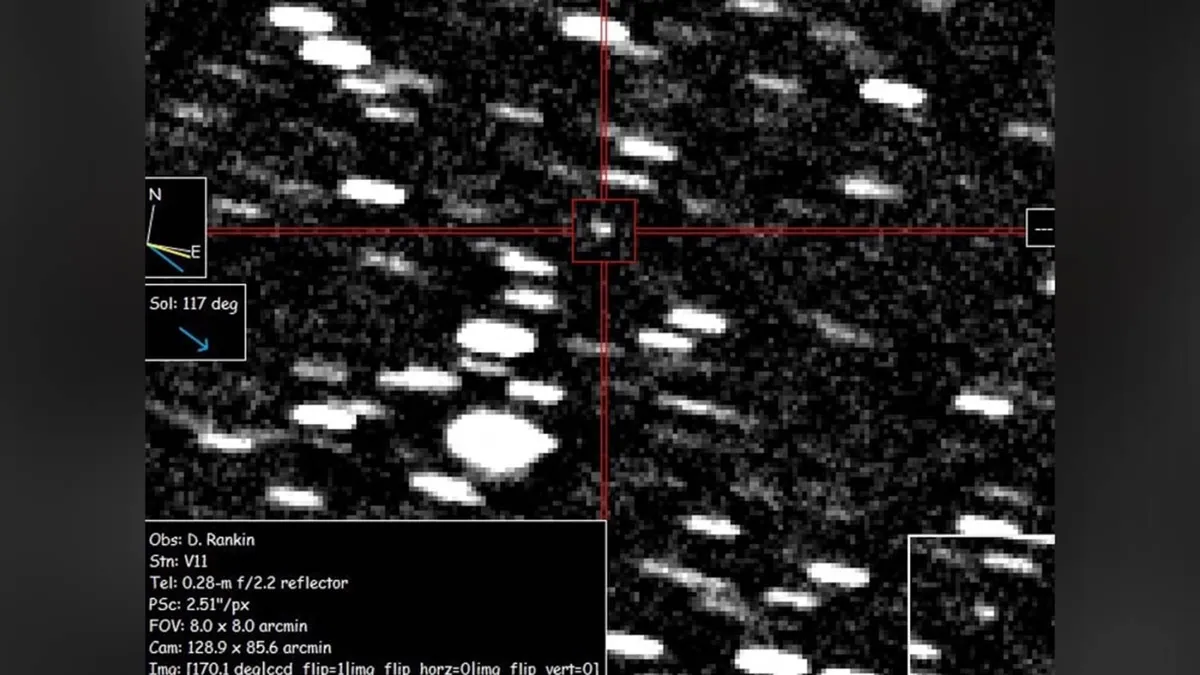
A recently discovered interstellar object is hurtling toward the inner solar system, where our planet Earth resides, according to confirmation from astronomers. This object, which is likely a comet, was initially detected through data collected by the Asteroid Terrestrial-impact Last Alert System (ATLAS) in Rio Hurtado, Chile. This early warning system, funded by NASA, plays a crucial role in identifying potential asteroid impacts.
The object exhibits various characteristics typical of comets, including a marginal coma and a short tail, which indicate active cometary behavior, as reported by the Minor Planet Center. Following its initial detection, multiple telescopes around the world have contributed additional observations. Notably, three ATLAS telescopes and the Zwicky Transient Facility at the Palomar Observatory in San Diego County, California, have gathered data supporting the existence of this intriguing comet since June 14.
NASA reports that the comet is currently about 420 million miles away from Earth and appears to be originating from interstellar space, specifically from the direction of the constellation Sagittarius. Importantly, astronomers have assured the public that this comet poses no threat to Earth, maintaining a safe distance of at least 150 million miles. It is projected to reach its closest approach to the sun around October 30, passing at a distance of approximately 130 million miles, which is just inside the orbit of Mars.
The object, designated A11pl3Z or 3I/ATLAS, spans roughly 25 miles in diameter. According to Josep Trigo-Rodriguez, an astrophysicist at the Institute of Space Sciences near Barcelona, Spain, the comet is traveling at an impressive speed of about 152,000 mph. Its trajectory indicates that it did not originate from our solar system, further emphasizing its interstellar nature.
This detection marks only the third occurrence in history of an interstellar object entering the inner solar system. The first was Oumuamua, a cigar-shaped object detected in 2017, followed by 21/Borisov in 2019, which is believed to be a comet that strayed from another star system. These discoveries have significantly expanded our understanding of interstellar objects and their origins.
Astronomers plan to continue studying the size and physical properties of this newly discovered comet throughout September. After this period, it will pass too close to the sun to remain visible. However, NASA anticipates that the comet will reappear on the other side of the sun in early December, allowing astronomers to further analyze its characteristics.
As the study of this interstellar comet progresses, it promises to provide valuable insights into the nature of celestial bodies that journey through our solar system from distant star systems.